Hillsborough safety certificate 'breached ahead of disaster'
- Published
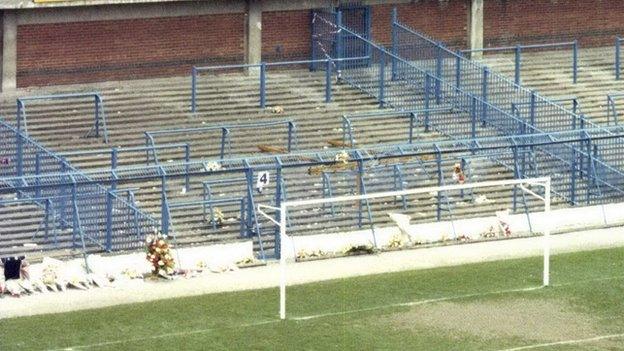
Despite changes to the terraces on the Leppings Lane end, the capacity on the safety certificate remained at 10,100
Safety concerns at Sheffield Wednesday's stadium were raised by an official a year before the Hillsborough disaster, an inquest jury has heard.
But ex-council safety officer Paul Jackson was told by bosses in 1988 to "keep his nose out" of such concerns, the Warrington hearing was told.
Graham Mackrell, club safety officer at the time, also said he could not count fan-numbers at full capacity games.
Ninety-six fans died as a result of a crush at the 1989 FA Cup semi-final.
'No emergency plan'
The jury heard two conditions on the club's safety certificate had not been met.
One condition required the club to count the number of spectators going into different parts of the ground.
Christina Lambert QC, the lead counsel to the inquests, said "that condition could not have been satisfied" on 15 April 1989 and Mr Mackrell replied "correct".
She said the condition that required the club to keep records of the numbers of spectators admitted to the different areas of the ground, also "couldn't be satisfied."
Mr Mackrell said the club could only record a "global figure".
Ms Lambert said: "That would be a breach of the safety certificate."
Mr Mackrell said: 'Yes.'
Ahead of the Liverpool and Nottingham Forest game on 15 April, Mr Jackson wrote a report about the stadium's safety because he had not seen the club's emergency response plan to deal with major incidents.
He said he had been made aware of "problems" over the height and spacing of the barriers on the terraces, the inquests heard.
Paperwork shredded
He said: "I had been told there was problems with the barriers and I had been told not to get involved with it."
Before a stadium visit in 1988, Mr Jackson claimed his line managers said: "Just don't go into that area. Not to stick my nose in."
"There had been previous concerns over them," he added.
The jury was told Mr Jackson later made his own visit to the stadium to look at the barriers.
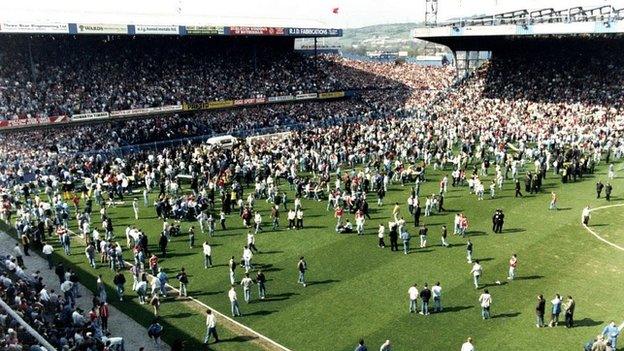
A council safety officer had not seen Sheffield Wednesday's emergency response plan to deal with major incidents
He said he had not seen a plan for an emergency response but added "there may have been one, but they wouldn't show it to me".
Mr Jackson said: "[The report] said that there was not an emergency response plan and 'we recommend that there shouldn't be a safety certificate granted'."
The coroner heard the report had never been found at Sheffield City Council and Mr Jackson did not mention it in a statement given to West Midlands Police in 1989.
About 50 lever arch files of paperwork from the Environmental Services department had been shredded in the 1990s, the jury was told.
A statement from Stephen Webster, a manager at the council's Health Protection Services department, said: "No doubt the paperwork involved, which was destroyed, included paperwork relating to Hillsborough."
Mr Jackson said he met Sheffield Wednesday's Mr Mackrell, also club secretary at the time, during an inspection of Hillsborough in 1988.
He told the inquest: "My impression then was that Mr Mackrell was more or less a token safety officer.
"Someone who had been appointed because of the need to appoint someone to that position."
The inquest continues.
- Published16 June 2014
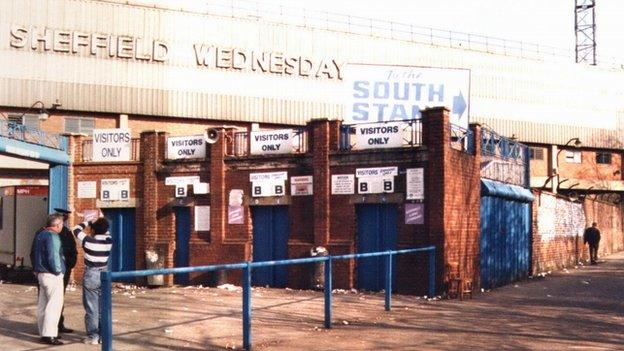
- Published13 June 2014

- Published11 June 2014
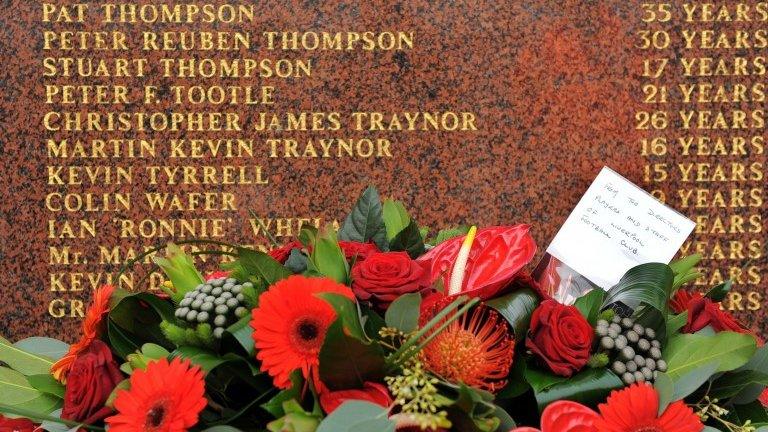
- Published10 June 2014

- Published9 June 2014
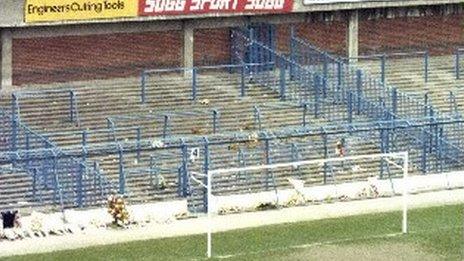
- Published4 June 2014

- Published3 June 2014
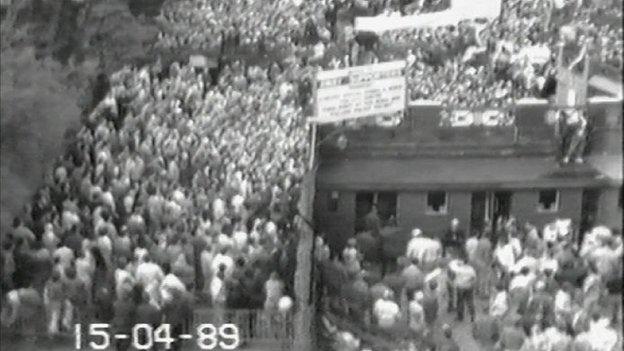
- Published2 June 2014

- Published30 May 2014

- Published29 May 2014
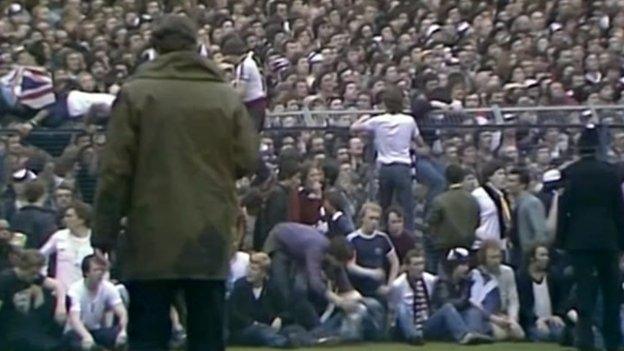
- Published29 May 2014

- Published28 May 2014

- Published27 May 2014

- Published23 May 2014
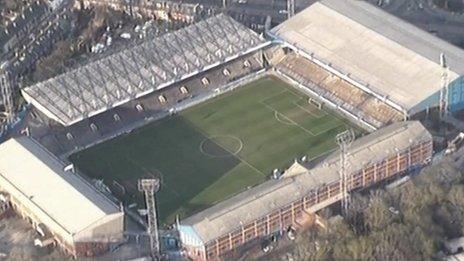
- Published21 May 2014
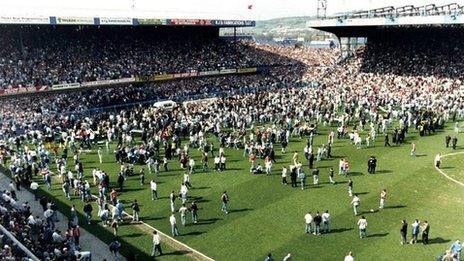
- Published20 May 2014

- Published31 March 2014
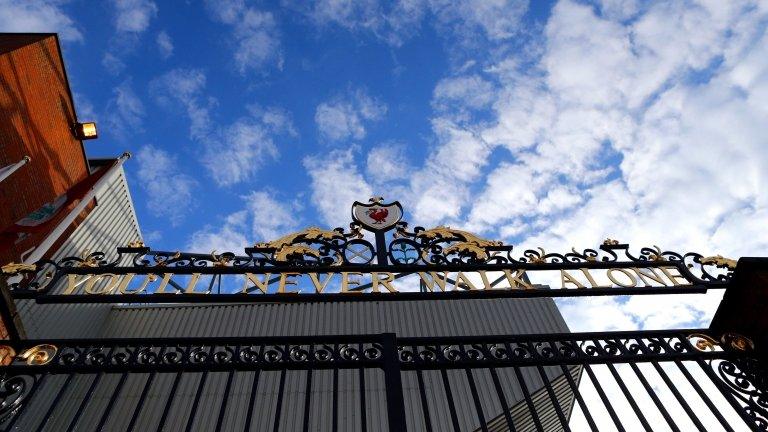
- Published26 April 2016
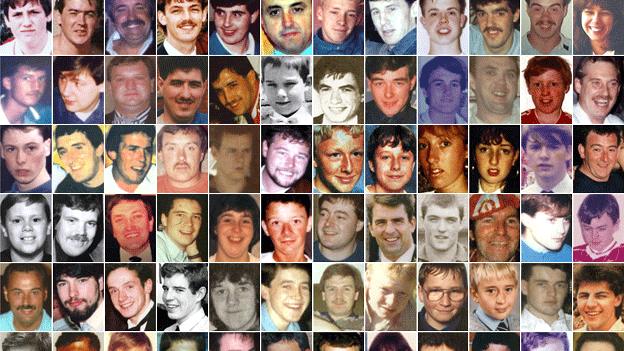
- Published1 April 2014
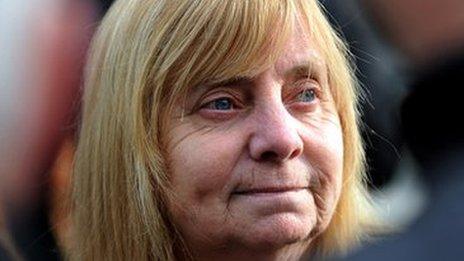
- Published2 April 2014
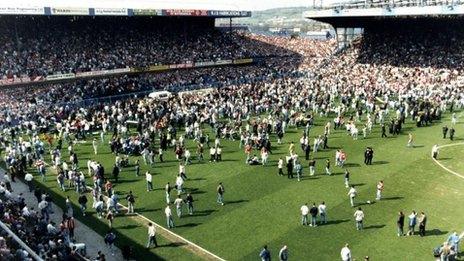
- Published3 April 2014
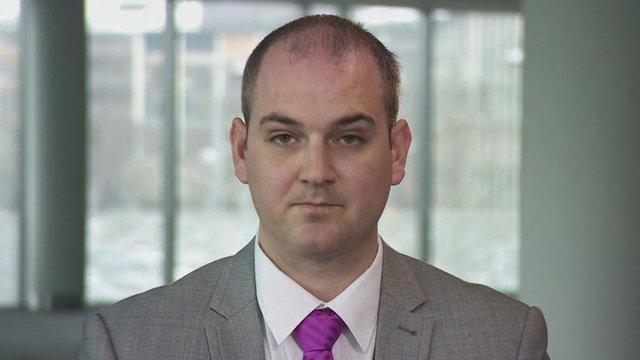
- Published3 April 2014
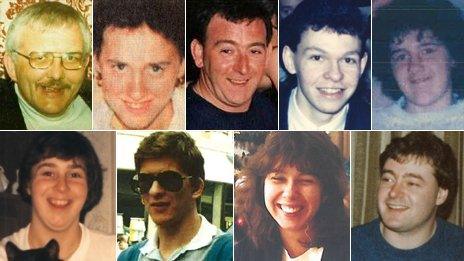
- Published7 April 2014
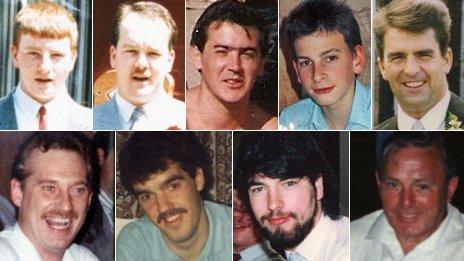
- Published8 April 2014
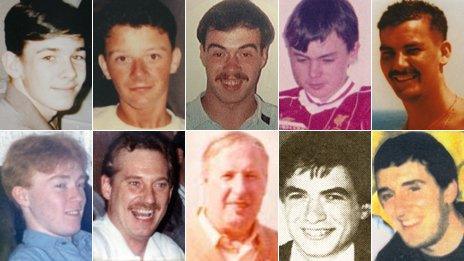
- Published9 April 2014
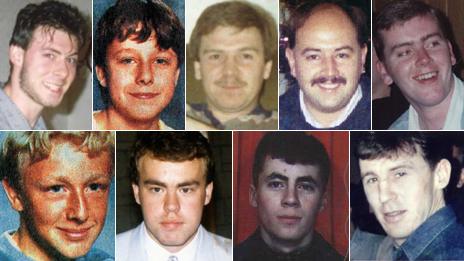
- Published10 April 2014
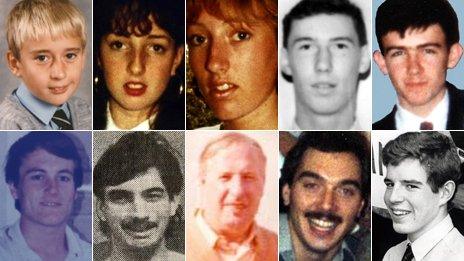
- Published22 April 2014

- Published23 April 2014
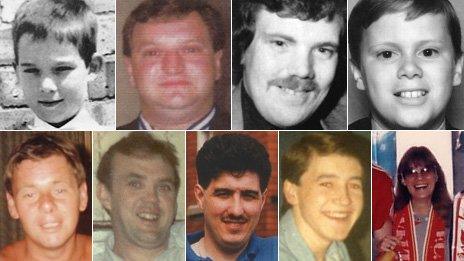
- Published24 April 2014
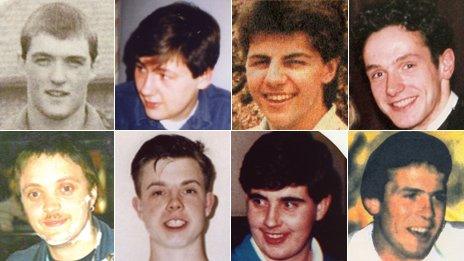
- Published25 April 2014
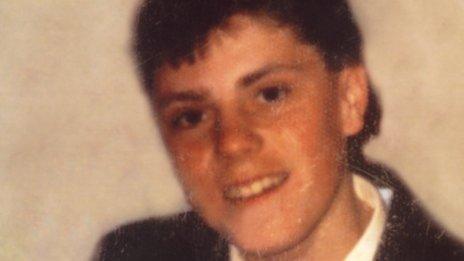
- Published28 April 2014
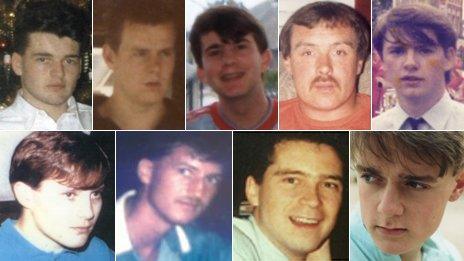
- Published3 January 2011
- Published9 March 2011